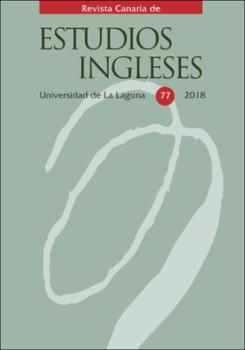Refractive Depths of Passion in Wuthering Heights : Brontë, Buñuel and Beyond Humanism
Abstract
There is a counter-tradition to the Enlightenment project of silencing the sentience of country which can be traced from Romanticism to contemporary times. In 1858 Emily Brontë’s novel Wuthering Heights introduced its readers to a Yorkshire moor of cradling flora, interventionist waters and ghost-accommodating winds. One hundred years later this brilliantly productive novel inspired Abismos de Pasión, ably directed by Luis Buñuel. Buñuel’s film connects with Brontë’s decentralisation of the human, demonstrating a similar conceptual openness to representing communicative exchanges between the human and non-human. Buñuel, like Brontë, resists the humanist project of silencing the non-human by the simple but powerful act of accepting that the other-than-human can be heard. The most recent Wuthering Heights film, directed by Andrea Arnold is made in this tradition. The animal and non-animal are given room to speak, highlighting the actant properties of the non-human, permitted in Brontë’s novel. Such communications are instrumental if not reasonable, for they invite attentive audiences to listen in newly porous ways.



